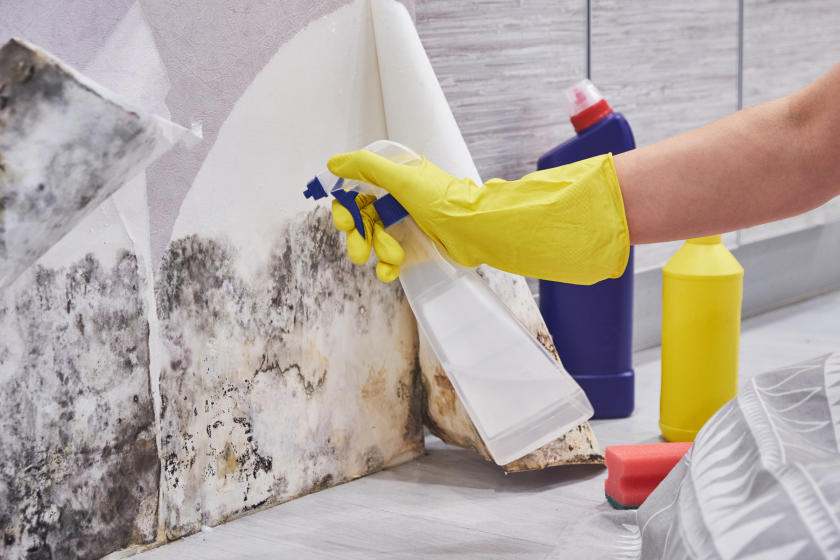Mold growth is not only unsightly but can also pose significant health risks and damage to your living environment. Recognizing the early warning signs of mold growth is essential for maintaining a healthy home and preventing potential issues. Here are some vital warning signs of mold growth to watch out for:
Musty Odor: A musty, earthy odor is often the first indication of mold growth. If you notice an unpleasant smell that seems to persist despite your best cleaning efforts, it could be a sign that mold is hidden somewhere.
Visible Discoloration: Mold often appears as patches of discoloration on walls, ceilings, and other surfaces. It can manifest as black, green, brown, or even white spots. Any unusual or persistent spots should be investigated further.
Water Damage: Areas that have experienced water damage, whether from leaks, flooding, or high humidity, are particularly susceptible to mold growth. If you’ve had recent water-related issues, be vigilant for signs of mold.
Peeling or Cracking Paint: Mold can cause paint to crack, bubble, or peel off surfaces. If you notice paint deterioration in conjunction with other signs, it could indicate mold lurking beneath.
Allergic Reactions: If you or your family members experience increased allergies, respiratory issues, or unexplained symptoms like sneezing, coughing, or skin irritation, mold could be a contributing factor.
High Humidity: Mold thrives in humid environments. If indoor humidity levels are consistently above 60%, it creates an ideal breeding ground for mold. Using a hygrometer to monitor humidity can help prevent mold growth.
Condensation: Excessive condensation on windows, pipes, or walls is a sign of high humidity and poor ventilation. This moisture buildup can encourage mold growth in those areas.
Warped or Bulging Surfaces: Moisture can cause surfaces like drywall and wood to warp or bulge. If you notice such changes, investigate further to ensure mold isn’t the underlying cause.
Visible Mold Spores: In advanced stages, you might actually see fuzzy patches of mold growth. However, by the time mold is visible, it may have already spread extensively.
Deteriorating Indoor Air Quality: If the air in your home feels heavy or stale, and you can’t attribute it to other factors, it might be due to mold growth releasing airborne spores.
To sum up
Prompt action is crucial if you identify any of these warning signs. Ignoring mold growth can lead to further damage and health issues. If you suspect mold, consider hiring a professional mold inspector to assess the extent of the problem. Preventive measures such as controlling humidity, improving ventilation, promptly repairing leaks, and addressing water damage can significantly reduce the risk of mold growth in your home.

